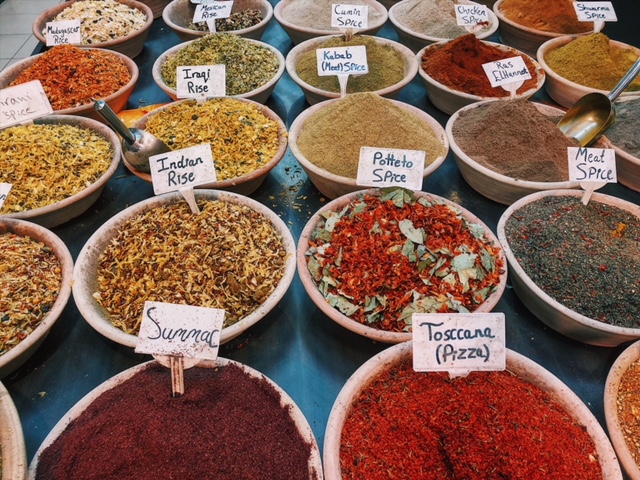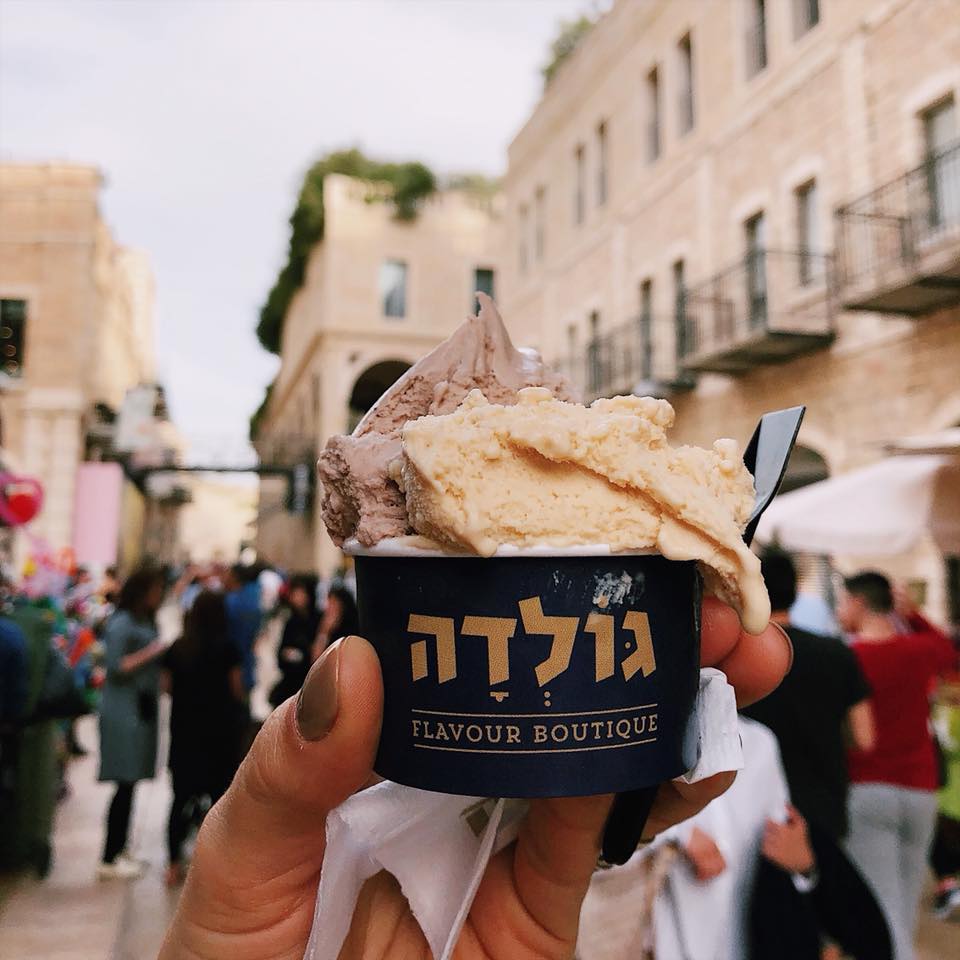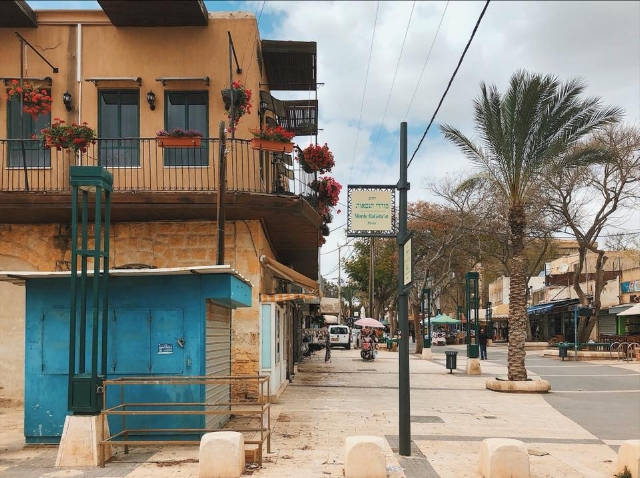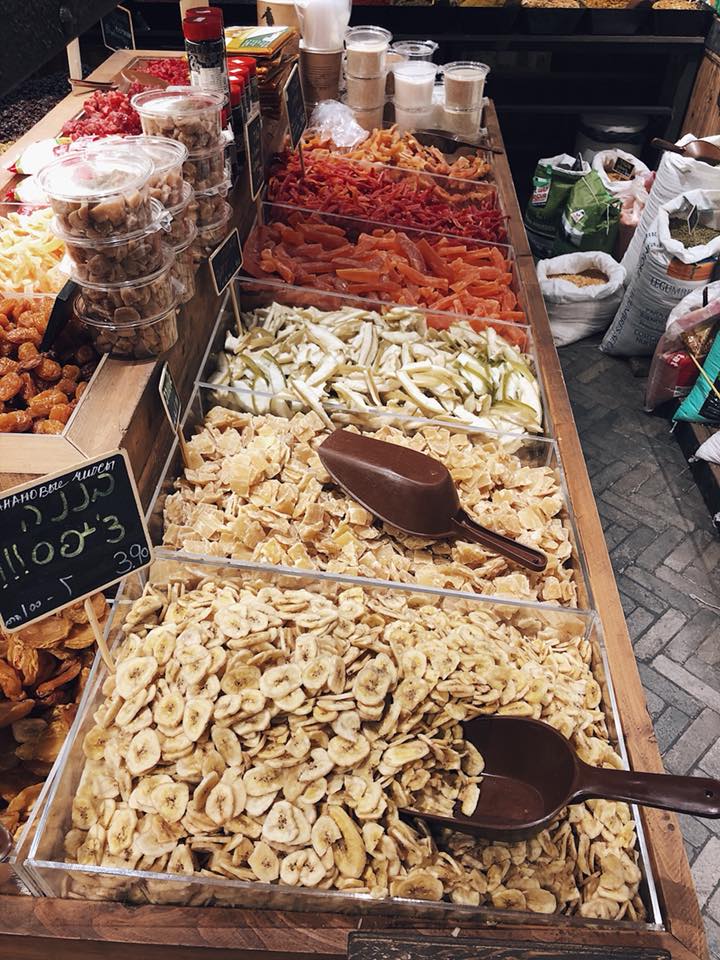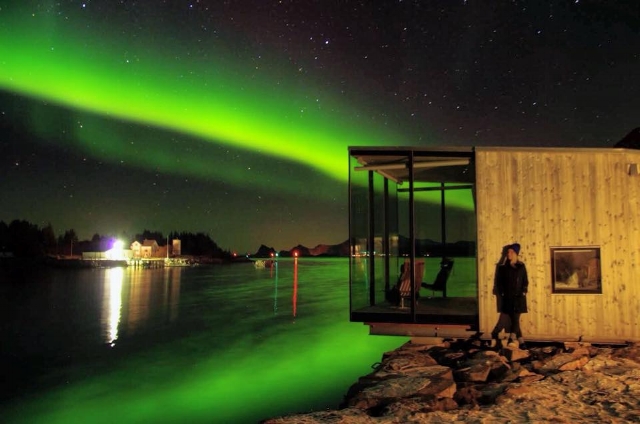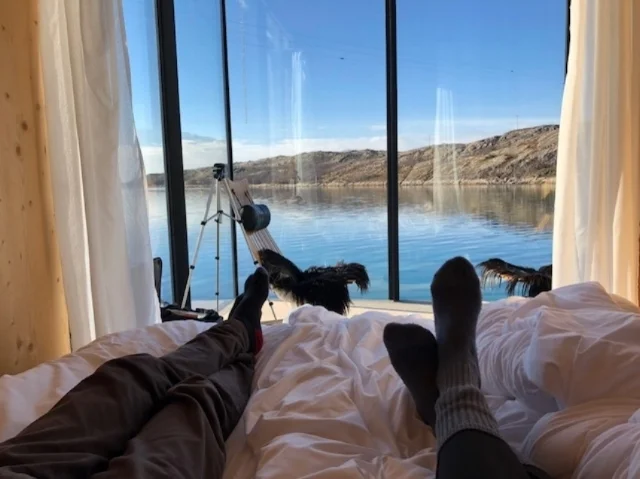In the interest of keeping this trip summary / guide short and sweet, I've decided to simply write out our itinerary and tips for easy access. At first, I thought maybe a 5 day trip around Israel would be a bit too quick - but after having done it, I believe you can get a very good taste (literally, the food is amazing) of the place in this period of time. Without further ado, here are my recommendations:
DAY ONE: JUDEAN HILLS, JERUSALEM, ARAD
Land at Ben Gurion airport as early as possible. Rent a car. Head out of Tel Aviv.
JERUSALEM:
Stuff to See:
- Old City of Jerusalem
- Machane Yehuda market
- Western Wall
- Tower of David & The Night Spectacular
- City of David
Places to Eat/Drink:
Honorable Mentions:
If you have extra time, stop in Negev Brewery in Kiryat Gat or go exploring the Beit Guvrin caves (make sure to call in advance to find out when they close, as you usually need to be in them before 2 or 3pm).
JUDEAN HILLS:
Stuff to See:
- Domaine du Castel, Tzuba Winery, Flam Winery, Tzora Vineyards and Sea Horse Winery make up the most impressive circle/sampling of Judean Hills wineries in Israel. Each has something different to offer and you can drop in for tastings at most of them. Pick a couple and soak in the experience.
ARAD:
Places to Stay:
- Yehelim Boutique hotel
- Zman Midbar Suites
- Kfar Hanokdim (unique bedouin experience)
Places to Eat/Drink:
Eat dinner at Pizza Kaparuchka. While there, sample a local Negev Brewery beer or two. Go for a night cap at Muza sports pub.
DAY TWO: ARAD, MASADA
ARAD (CONT'D):
Stuff to See:
Buy pastries at Bethlehem Bakery. Stop at the grocery store in town for some snacks. Head out for a day full of adventure.
Masada hike (best at sunrise). Shvil Haratz is an alternative hike to the snake path up Masada. The path is 3 kilometers long, taking you around the northern side of the mountain and up the Roman Path, known in Hebrew as Shvil HaSolela.
Ein Gedi (Situated 800m up the hill from the Rte 90 turn-off to Ein Gedi Nature Reserve).
Wadi Ze'elim hike. The starting point, Birkat Tzfira campground is accessible by all cars from Arad-Masada road (3199). It takes around 3 hrs walk , but the idea is to spend some time stopping for tea or coffee, getting into the water or just enjoying the wild desert. You definitely want to consider hiking it clockwise, and adding a jump to Birkat Tzfira (Tzfira Pool) at the end.
Places to Stay:
- Yehelim Boutique hotel
- Zman Midbar Suites
- Kfar Hanokdim (unique bedouin experience)
Kfar Hanokdim is my strong recommendation. This is one of the most unique experiences that you can have in the Middle East, essentially becoming a part of a Bedouin tribe for as long as you decide to stay. You have the opportunity to learn about Bedouin culture from actual bedouin people ("I miss the days of moving, we can not move like we used to anymore because of Israeli law") and meet other travelers who are looking to share a similar experience.
DAY THREE: ARAD, BEERSHEBA, SDE BOKER, MITZPE RAMON
Have breakfast at Kfar Hanokdim (if you stayed there, which you should). Take a morning camel ride across the Negev Desert (part of their all inclusive package). Get on the road by 10:30am. Stop at Yatir Winery for a quick tasting on the way to Beersheba.
BEERSHEBA:
Places to Eat/Drink:
- Lola Cafe - best for breakfast!
- Beerstation
- Pastina
- Saba Jebeto
- Smilansky Tapas Bar
MITZPE RAMON:
The region is known for its organic farms and traditionally edible products like honey, wine, cheese, yogurt and olive oil. Follow the Wine Route and stop at wineries/farms along the way. You can also visit the kibbutz of Sde Boker and Ben Gurion’s hut. Here you’ll hear the fascinating story of Israel’s Prime Minister and his vision for the Negev. End the day in Mitzpe Ramon for dinner.
Stuff to See:
- Mitzpe Ramon Crater
- Camel Lookout (can you figure out why it's called this?)
- Alpaca Farm
- Orly Cactus Farm
Places to Eat/Drink:
- Rota Farm and Winery
- Kornmehl Goat Cheese Farm
- Carmey Avdat Farm – best place to buy wines!
- Boker Valley Vineyards - they sample multiple wineries' wines, so a good place to go if you only have time to stop at one.
- Kadesh Barnea Winery
- Hahavit
- Mitzpe Ramon Jazz Club
Places to Stay:
- Beresheet Hotel
- Desert Experience AirBnB in Ezuz
- Boker Valley Vineyards
- Carmey Avdat Farms
- Rammed Earth AirBnB (if you've got some extra $$ to throw around)
DAY FOUR: MITZPE RAMON, ZUQIM
Wake up and visit any of the places you missed the day before, as if you did it right, Day 3 was an absolutely packed day! But don't idle for too long because you are going to want to get to Zuqim earlier in the day rather than later to fully appreciate the beauty of Zuqim (which is considered the Arava desert and sits just on the border of Jordan).
MITZPE RAMON
Stuff to See:
- Ein Akev hike: You'll want to fuel up with a hearty breakfast for this one, go early in the day, and be sure you have lots of water with you. The hike is a 12km loop and took us about 4 hours (don't trust the online guides which say 6-7 hours; if you're in shape, you'll be done in 4 or 5 hours max).
ZUQIM:
Places to Eat/Drink:
- Ursula (German food, is very popular despite the strangeness of German cuisine in Eastern Israel)
- Route 90 (next door to Ursula; good place for grabbing the world's best popsicles called Paletas, sandwiches, and other snacks).
Places to Stay:
- Nof Zuqim (worth the $$ cost)
- Midbara
- Desert Days
DAY FIVE: ZUQIM, TEL AVIV / JAFFA
Our goal was to get back to Tel Aviv as quickly as possible (it's about 3 hours from Zuqim, with slight traffic), so we skipped all of the things we had hoped to do on our way back. But maybe you'll have an extra day than us and want to know where to stop to make the trip back more enjoyable, so here are some honorable mentions of places that can be on the way (-ish) back into the big city:
- Tze'ela Dairy Farm
- The Salad Trail
- Naama Farm
- Teva Habsor (is an organic farm located in Moshav Ein Habsor in the Western Negev and owned by the local Uziyahu family)
- Philip Carriage Farm
- Noams' Artichokes
- Eilat / Red Canyon / Timna Park (south of Zuqim, 2 hours) - would need an extra 1/2 day or full day to see this area
TEL AVIV / JAFFA
Stuff to See:
- Tel Aviv-Jaffa Promenade
- Hayarkon Park
- Old Town Jaffa
- Jaffa Port
- Carmel Market - an open air market known for its fresh fruits and vendors.
- Levinsky Market
- Neve Tzedek - the city's first neighborhood & by far my favorite area! Very charming, filled with lots of restaurants and bars.
- Sarona Market - Israel's largest culinary complex
Sarona Market is a great place to stop on the way to the airport, as it's a bit out of downtown Tel Aviv hotel district. Think of this as the place where you can get any fresh Israeli fruits, nuts, delicacies, yummy gifts that you could ever desire. And one final Paletas ice pop to fulfill a craving (my favorite was Pistachio).
Places to Eat/Drink:
- Cafe Puaa
- Popina
- Ha'Achim
- Hatraklin Meet & Wine
- Port Sa'id
- Sputnik
- Abu Hassan
- Onza
- Night Kitchen
- OCD Restaurant
- Dallal Restaurant
- Dancing Camel Brewing Company
- Imperial Craft Cocktail Bar
- BeerBazaar
Places to Stay:
*BONUS TIP: Do not miss breakfast at the Mendeli Street Hotel, as it was by far the best meal of the entire trip.
ADDITIONAL INFORMATION
Much of this trip was inspired by books and Netflix documentaries on Israeli culture / cuisine, so I wanted to list a few here so you could also learn/appreciate the knowledge ahead of a future trip.
- NYTimes: Tips from an Ambassador of Israeli Cuisine
- Palomar Cookbook of Modern Israeli Cuisine
- Somebody Feed Phil: Israel
- Netflix: In Search of Israeli Cuisine
- Disturbing the Peace
- Zero Motivation
- The Flat
This itinerary was also put together with the help of plenty of blogs that already exist; I merely compiled what I thought to be the best of the best of them. Because I'm a big fan of giving credit where due, here are some of those blogs for reference:
- https://www.israel21c.org/the-10-best-dead-sea-hikes/
- https://www.earthtrekkers.com/off-beaten-path-israel-negev-desert/
- https://xpdtn3.club/trip/the-negev-desert
- http://www.desertandcities.com/the-land-posts/2016/8/16/the-wines-of-israel
- https://www.timesofisrael.com/at-negev-brewery-love-of-beer-drives-brews/
- https://www.timeout.com/israel/bars/a-beer-buffs-guide-to-israeli-breweries
- http://www.thegreenbackpackers.com/single-post/2016/12/27/Negev-Desert-Bucket-List
- https://theculturetrip.com/middle-east/israel/articles/10-local-beers-you-need-to-try-in-israel/
- http://www.travelujah.com/blogs/entry/A-Night-in-the-Negev-5-Incredible-Vacation-Sites-in-the-Heart-of-the-Desert
- http://hannatravels.com/negev-desert-best-adventure-israel/
- https://www.israel21c.org/the-israeli-house-built-from-cannabis/
- https://theculturetrip.com/middle-east/israel/articles/things-to-know-about-israels-local-culture/
- https://www.israel21c.org/israels-eco-houses-move-towards-the-mainstream/
- https://aabgu.org/truffle-farms-israels-next-big-thing/
- https://www.israel21c.org/your-next-israeli-adventure-the-arava/
- https://www.israel21c.org/winemakers-revive-ancient-negev-wine-route/
- http://neot-semadar.com/?page_id=341&lang=en
- https://theculturetrip.com/middle-east/israel/articles/21-free-things-to-do-in-tel-aviv/
- https://theculturetrip.com/middle-east/israel/articles/the-10-best-gastropubs-in-tel-aviv/
- https://theculturetrip.com/middle-east/israel/articles/the-top-unconventional-shops-in-tel-aviv/
- https://theculturetrip.com/middle-east/israel/articles/7-must-follow-bloggers-from-israel/
- https://www.timeout.com/israel/restaurants/yaffo-tel-aviv
- https://shershegoes.com/israeli-cuisine-guide-to-best-food-restaurants-markets/
